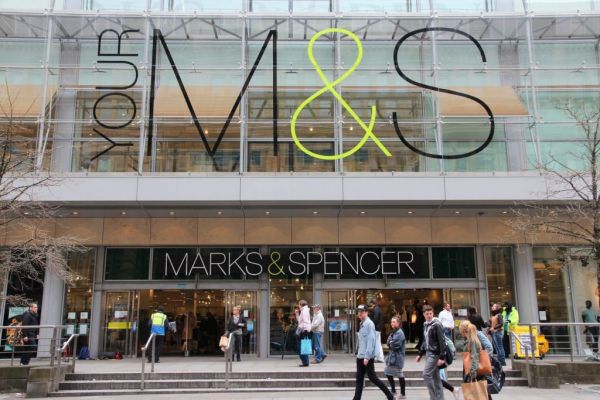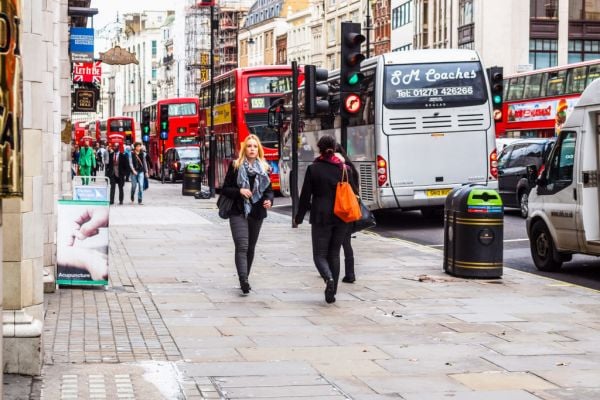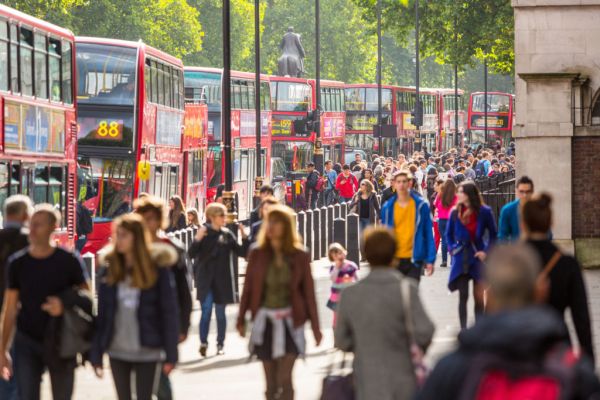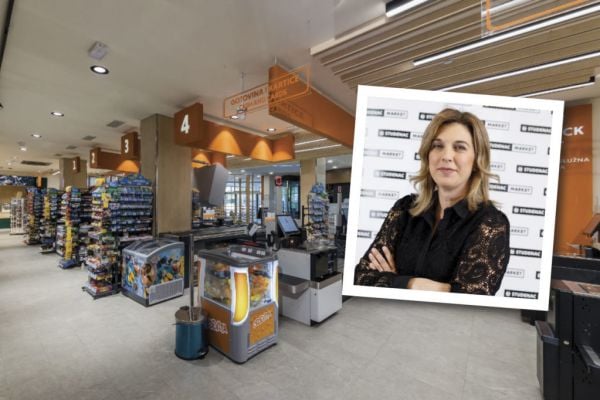For Marks & Spencer, abandoning Europe is back in fashion. Investors should be grateful, but really, they should look to clean up the domestic closet as well.
In 2001, when then-executive chairman Luc Vandevelde pledged to revive the retail chain's domestic performance, he abandoned its foray onto the continent.
Today, battling nimbler rivals on its home turf, new Chief Executive Steve Rowe could well do the same -- his predecessor, Marc Bolland, returned to Europe five years ago with much fanfare.
Rowe said in May that he'll review M&S's international operations, and will reveal the outcome in November. It's the right thing to do. Stores in France and Holland -- including a high-profile site on the Champs Elysees -- are prime candidates to be jettisoned. M&S has always struggled in China, so withdrawing from this market would be another smart move.
But Rowe should go further. He should also take an ax to the U.K. store base.
M&S has just over 900 British locations, of which about 300 sell both food, where M&S is holding its own, and clothing, where it is struggling. That's too much bricks and mortar, given that online sales have increased to about 16 percent of clothing and home furnishings revenues.
Reducing space in physical stores by a similar amount would imply shutting about 50 of the locations that sell both food and clothing. That's the maximum -- the number could be a bit smaller since there's scope to switch some outlets from clothing to food, or devote a greater share of floorspace to food instead of clothing.
Even so, it's still a significant level of closures.
The domestic store estate has always been considered a non-starter for cuts, as M&S has put some of its property into a separate partnership to help it meet pension liabilities. About 1.5 billion pounds ($2 billion) of its 3.6 billion-pound portfolio are leased back to the company, and the rental payments fed into retirement pots.
Actually, that arrangement should not be a barrier to shuttering stores.
First of all, the properties are predominantly major stores in locations that M&S is unlikely to retreat from. Closures are more likely where changes to town developments mean M&S's locations are no longer at the center of retail activity, or where two stores in a single area can be reduced to one.
But if it M&S wanted to close locations included in the pension partnership, there is wiggle room. Under the arrangement, M&S retains control over the properties. So it can remove stores, provided it replaces them with others.
Rowe certainly needs to take action. The shares have fallen more than 20 percent since he revealed his plans to revive M&S's clothing sales in May, and the forward price to earnings ratio is at a discount to Next. That suggests investors are losing patience and want results.
Rowe, who stared on the shop floor, has said he wants to simplify M&S. He should avoid Bolland's mistake of allowing his gaze to stray too far from home.
This column does not necessarily reflect the opinion of Bloomberg LP and its owners.














